Home>Storage & Organization>Closet & Wardrobe Organization>How To Organize An RV
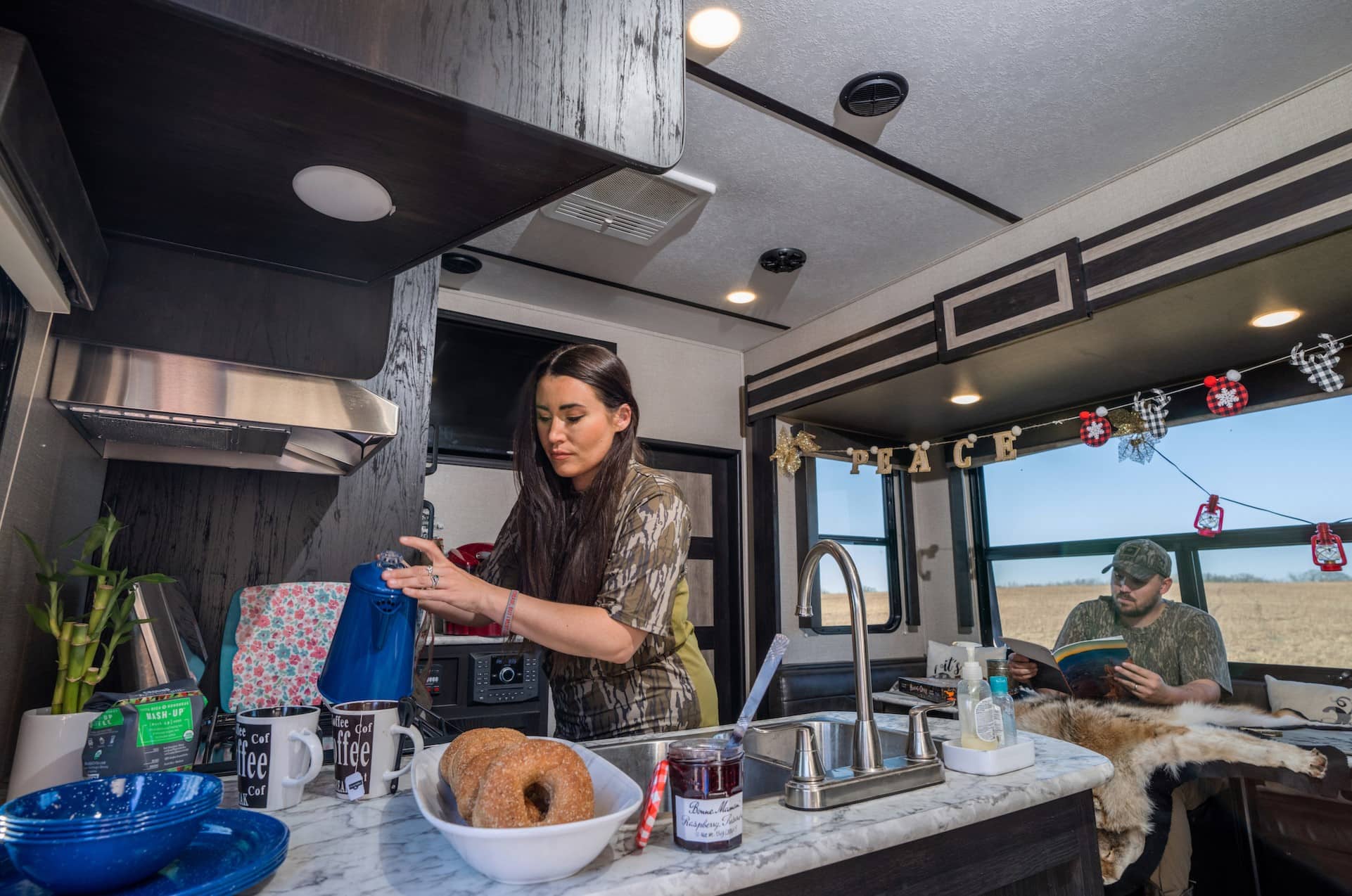

Closet & Wardrobe Organization
How To Organize An RV
Modified: August 27, 2024
Learn how to maximize space and efficiency with our expert tips for closet and wardrobe organization in your RV. Streamline your storage and keep everything tidy on the road!
(Many of the links in this article redirect to a specific reviewed product. Your purchase of these products through affiliate links helps to generate commission for Storables.com, at no extra cost. Learn more)
Planning Your RV Trip
Planning a successful RV trip requires careful consideration and organization. Whether you're a seasoned traveler or a first-time RVer, taking the time to plan your trip can make all the difference in ensuring a smooth and enjoyable journey. Here are some essential tips for planning your RV trip:
-
Choose Your Destination: The first step in planning your RV trip is to decide on your destination. Whether you're heading to a national park, a beachside campground, or a scenic mountain retreat, it's important to research and select a location that suits your interests and preferences.
-
Map Out Your Route: Once you've chosen your destination, it's time to map out your route. Consider factors such as road conditions, driving distance, and potential rest stops along the way. Planning your route in advance can help you avoid unexpected detours and ensure a more efficient and enjoyable journey.
-
Book Campground Reservations: If you'll be staying at campgrounds along your route, it's crucial to book your reservations in advance. Popular campgrounds can fill up quickly, especially during peak travel seasons, so securing your spot early is essential for a stress-free trip.
-
Check RV Requirements: Before hitting the road, it's important to ensure that your RV is in good working condition. This includes checking the engine, tires, brakes, and other essential components to ensure a safe and reliable journey. If you're renting an RV, be sure to familiarize yourself with its features and operation before setting out.
-
Create a Packing List: To avoid forgetting essential items, create a comprehensive packing list for your RV trip. Consider necessities such as bedding, kitchen supplies, toiletries, outdoor gear, and any specific items needed for your chosen destination. Having a checklist can help you stay organized and prepared for your adventure.
-
Plan Activities and Excursions: Research and plan activities and excursions at your destination. Whether it's hiking, fishing, sightseeing, or simply relaxing by the campfire, having a rough itinerary can help you make the most of your time away.
By following these planning tips, you can set the stage for a memorable and enjoyable RV trip. Taking the time to plan ahead can help you avoid common pitfalls and ensure a smooth and stress-free adventure on the open road.
Key Takeaways:
- Plan ahead for a smooth RV trip by choosing destinations, mapping routes, booking campgrounds, checking RV conditions, creating packing lists, and planning activities.
- Choose the right RV by considering travel style, size, amenities, budget, and maintenance. Test drive and inspect before making a decision.
Read more: How To Clean An Rv Toilet
Choosing the Right RV for Your Needs
When it comes to choosing the right RV for your needs, there are several factors to consider to ensure that you select the best option for your travel preferences and lifestyle. Here are some essential tips to help you make the right choice:
-
Consider Your Travel Style: Think about how you plan to use your RV. Will you be taking short weekend getaways, embarking on extended road trips, or using it as a full-time residence? Understanding your travel style will help you determine the size and features that are most suitable for your needs.
-
Evaluate Size and Layout: RVs come in various sizes and layouts, from compact camper vans to spacious motorhomes. Consider the number of people who will be traveling with you and the amenities you desire. If you value mobility and easy maneuverability, a smaller RV may be ideal. On the other hand, if you prefer ample living space and amenities, a larger RV with slide-outs may be more suitable.
-
Choose the Right Class: RVs are categorized into different classes, including Class A, Class B, and Class C motorhomes, as well as travel trailers and fifth wheels. Each class offers unique features and benefits, so it's essential to research and understand the differences to determine which class aligns with your needs and preferences.
-
Assess Amenities and Features: Consider the amenities and features that are important to you. This may include a fully equipped kitchen, a spacious bathroom, comfortable sleeping arrangements, entertainment options, and storage capacity. Prioritize the features that will enhance your travel experience and ensure your comfort on the road.
-
Factor in Budget and Maintenance: Establish a budget for your RV purchase, taking into account not only the initial cost but also ongoing expenses such as fuel, insurance, maintenance, and campground fees. Additionally, consider the maintenance requirements of different RV types and choose one that aligns with your willingness and ability to maintain it.
-
Test Drive and Inspect: If possible, take the RV for a test drive to assess its handling, comfort, and overall performance. Inspect the interior and exterior thoroughly, checking for any signs of wear, damage, or functional issues. This hands-on approach can provide valuable insights into the RV's suitability for your needs.
By carefully considering these factors, you can make an informed decision when choosing the right RV for your needs. Whether you opt for a compact camper van, a luxurious motorhome, or a towable trailer, selecting the perfect RV can set the stage for countless memorable adventures on the open road.
Packing and Storing Essentials for Your RV
Packing and storing essentials for your RV is a crucial aspect of ensuring a comfortable and well-equipped travel experience. From kitchen supplies to outdoor gear, having the right items on board can make all the difference during your journey. Here are some essential tips for packing and storing essentials for your RV:
-
Create a Comprehensive Packing List: Before loading up your RV, create a comprehensive packing list that includes all the essentials you'll need for your trip. This may encompass bedding, towels, toiletries, cooking utensils, dinnerware, and cleaning supplies. Having a detailed checklist can help you avoid overlooking important items and ensure that you're well-prepared for your adventure.
-
Organize Storage Spaces: RVs come with various storage compartments, including cabinets, drawers, and overhead bins. Take the time to organize these spaces efficiently, grouping similar items together and utilizing storage containers or organizers to maximize space. This can help prevent clutter and make it easier to locate items when needed.
-
Pack Necessities for Your Destination: Consider the specific needs of your destination when packing essentials for your RV. If you'll be camping in a remote area, for example, you may need to bring extra water, fuel, and emergency supplies. Tailoring your packing list to accommodate the unique requirements of your destination can enhance your overall travel experience.
-
Utilize Space-Saving Solutions: In a confined space such as an RV, space-saving solutions are invaluable. Consider collapsible kitchenware, compact appliances, and multi-functional items that can serve multiple purposes. Additionally, vacuum-sealed storage bags can help minimize the bulk of clothing and bedding, freeing up valuable storage space.
-
Stock Up on Non-Perishable Food: Keeping a supply of non-perishable food items on board can provide convenience and peace of mind during your travels. Stock up on canned goods, dry goods, snacks, and other long-lasting food items that can sustain you throughout your trip. Be mindful of weight limits and storage capacity when selecting food items.
-
Secure Items for Travel: When preparing for the road, it's essential to secure items within the RV to prevent shifting and potential damage during transit. Use bungee cords, tension bars, and non-slip liners to secure items in cabinets, refrigerators, and other storage areas. This can help maintain order and prevent accidents while driving.
-
Pack Outdoor and Recreational Gear: If your travel plans include outdoor activities such as hiking, fishing, or biking, be sure to pack the necessary gear and equipment. This may include hiking boots, fishing rods, bicycles, and outdoor furniture. Storing these items securely and accessibly can enhance your enjoyment of outdoor adventures.
By following these tips for packing and storing essentials for your RV, you can ensure that your travel home is well-equipped, organized, and ready for the adventures that lie ahead. A well-prepared RV can provide a comfortable and enjoyable base for your explorations, allowing you to focus on making lasting memories during your travels.
Setting Up Camp at Your Destination
Setting up camp at your destination is an essential part of the RV experience, and it involves several key steps to ensure a comfortable and functional living space. Whether you're staying at a campground, a remote site, or a designated RV park, the process of setting up camp requires careful planning and execution. Here's a detailed guide on how to set up camp at your destination:
-
Selecting the Campsite: Upon arrival at your destination, carefully choose a suitable campsite that meets your preferences and requirements. Consider factors such as proximity to amenities, level ground for parking, shade, privacy, and scenic views. If you're staying at a campground, follow any specific guidelines or regulations for selecting and occupying a campsite.
-
Leveling and Stabilizing the RV: Before anything else, it's crucial to ensure that your RV is parked on a level surface to prevent discomfort and potential damage. Make use of leveling blocks, stabilizing jacks, or other leveling devices to achieve a stable and even position. This step is essential for proper functioning of appliances, comfort, and safety inside the RV.
-
Connecting to Utilities: If your campsite offers hookups for water, electricity, and sewer, take the necessary steps to connect your RV to these utilities. Follow the proper procedures for hooking up your freshwater hose, electrical cord, and sewer hose, ensuring a secure and leak-free connection. Be mindful of any specific requirements or restrictions at the campsite.
-
Setting Up Outdoor Living Space: Enhance your camping experience by creating an inviting outdoor living space. Deploy awnings, outdoor rugs, and camping furniture to establish a comfortable and functional outdoor area for relaxation, dining, and socializing. Consider adding decorative lighting, outdoor cooking equipment, and recreational items to make the most of your outdoor space.
-
Securing the RV and Belongings: Prioritize the security of your RV and belongings by taking measures to prevent theft, damage, or accidents. Lock all exterior compartments, secure valuable items, and consider using additional security devices such as wheel chocks, hitch locks, and motion-activated lights. This can provide peace of mind and safeguard your possessions during your stay.
-
Organizing Interior Spaces: Once the exterior setup is complete, focus on organizing the interior of your RV for comfort and convenience. Arrange furniture, bedding, and personal belongings to optimize living space and ensure a tidy and functional interior. Consider using storage solutions such as collapsible containers and hanging organizers to maximize space.
-
Adhering to Campground Rules: Respect the rules and regulations of the campground or RV park where you're staying. This may include adhering to quiet hours, waste disposal guidelines, pet policies, and other specific rules designed to maintain a harmonious and enjoyable environment for all campers.
By following these steps for setting up camp at your destination, you can create a welcoming and functional living space within your RV, allowing you to fully embrace the outdoor lifestyle and make the most of your travel adventures. A well-prepared campsite provides the foundation for a memorable and enjoyable RV experience.
Maintaining and Cleaning Your RV
Maintaining and cleaning your RV is essential for preserving its condition, ensuring safety, and creating a comfortable living environment. Regular maintenance and cleaning routines can help prevent issues, prolong the lifespan of your RV, and contribute to a pleasant travel experience. Here's a comprehensive guide on how to effectively maintain and clean your RV:
Read more: How To Fix An RV Awning
Regular Maintenance Tasks
-
Inspecting Seals and Seams: Regularly inspect the seals and seams of your RV for signs of wear, cracking, or deterioration. Address any issues promptly to prevent water leaks and damage.
-
Checking Roof and Exterior: Perform routine checks of the roof and exterior surfaces for damage, such as cracks, dents, or loose components. Repair any damage to maintain the integrity of the RV's structure.
-
Maintaining Appliances: Service and maintain the appliances in your RV, including the refrigerator, stove, water heater, and HVAC system. Follow manufacturer recommendations for maintenance intervals and procedures.
-
Monitoring Tires: Check the tire pressure, tread wear, and overall condition of the tires regularly. Proper tire maintenance is crucial for safe and efficient travel.
-
Inspecting Electrical Systems: Test the electrical systems, including lights, outlets, and batteries, to ensure they are functioning correctly. Address any electrical issues promptly to prevent safety hazards.
-
Servicing Plumbing Systems: Regularly inspect and service the plumbing systems, including pipes, fittings, and water pumps. Check for leaks and ensure proper drainage to prevent water damage.
Cleaning and Sanitizing
-
Exterior Washing: Clean the exterior of your RV regularly to remove dirt, grime, and road debris. Use RV-specific cleaning products and follow manufacturer recommendations for washing and waxing.
-
Interior Cleaning: Regularly clean the interior surfaces, including floors, countertops, appliances, and furniture. Use appropriate cleaning products for different materials to maintain a clean and hygienic living space.
-
Sanitizing Water Systems: Periodically sanitize the freshwater system of your RV to eliminate bacteria and contaminants. Follow recommended procedures for flushing and sanitizing the water tanks and lines.
-
Managing Waste Tanks: Properly maintain and clean the waste tanks of your RV to prevent odors and ensure efficient operation. Use designated products to break down waste and maintain tank cleanliness.
-
Ventilation and Air Quality: Keep the interior of your RV well-ventilated to maintain air quality and prevent musty odors. Regularly open windows, use vent fans, and consider using air purifiers if needed.
-
Pest Control: Take measures to prevent pests and insects from entering your RV. Seal entry points, use pest deterrents, and keep the interior clean to minimize the risk of infestations.
By incorporating these maintenance and cleaning practices into your RV care routine, you can ensure that your vehicle remains in optimal condition and provides a clean, safe, and enjoyable environment for your travels. Regular attention to maintenance and cleanliness can contribute to the longevity and overall satisfaction of your RV ownership experience.
Staying Safe and Secure on the Road
Ensuring safety and security while traveling in your RV is paramount for a worry-free and enjoyable journey. From road safety measures to safeguarding your belongings, here are essential tips for staying safe and secure on the road:
Road Safety Precautions
-
Regular Vehicle Inspections: Prior to embarking on your journey, conduct thorough inspections of your RV, including the engine, tires, brakes, and lights. Address any issues promptly to ensure the vehicle is in optimal working condition.
-
Safe Driving Practices: Adhere to speed limits, maintain a safe following distance, and avoid distractions while driving. Practice defensive driving techniques and be mindful of the unique handling characteristics of an RV.
-
Weather Awareness: Stay informed about weather conditions along your route and be prepared to adjust your travel plans if necessary. Avoid driving in hazardous weather such as heavy rain, snow, or high winds.
-
Emergency Preparedness: Equip your RV with essential emergency supplies, including a first-aid kit, roadside assistance tools, and emergency contact information. Familiarize yourself with emergency procedures and contacts for the areas you'll be traveling through.
Read more: How To Retract An RV Awning
Personal and Property Security
-
Secure Valuables: Safeguard your valuables by storing them out of sight and securing them within the RV. Consider using safes or lockable storage compartments for items such as electronics, documents, and personal belongings.
-
Campsite Security: When setting up camp, be mindful of security measures such as locking doors and windows, using exterior lighting, and being aware of your surroundings. Consider using security cameras or motion-activated lights for added peace of mind.
-
Fire Safety: Install and regularly test smoke detectors and carbon monoxide alarms in your RV. Have a fire extinguisher on hand and establish a fire escape plan in case of emergencies.
-
Personal Safety: Be cautious when interacting with strangers at campgrounds or other stops along your journey. Practice situational awareness and trust your instincts when it comes to personal safety.
Communication and Navigation
-
Cellular Reception: Be aware of areas with limited or no cellular reception along your route. Consider investing in a satellite phone or other communication devices for emergencies.
-
GPS and Maps: Use reliable GPS navigation systems and keep physical maps as backups. Stay informed about road closures, detours, and alternative routes in case of unexpected changes.
-
Travel Itinerary: Share your travel itinerary with trusted individuals, including details of your planned stops and expected arrival times. Check in regularly with family or friends to provide updates on your location and well-being.
By prioritizing safety and security measures while traveling in your RV, you can minimize risks and enjoy a more relaxed and fulfilling journey. Taking proactive steps to stay safe and secure on the road contributes to a positive and memorable RV travel experience.
Frequently Asked Questions about How To Organize An RV
Was this page helpful?
At Storables.com, we guarantee accurate and reliable information. Our content, validated by Expert Board Contributors, is crafted following stringent Editorial Policies. We're committed to providing you with well-researched, expert-backed insights for all your informational needs.
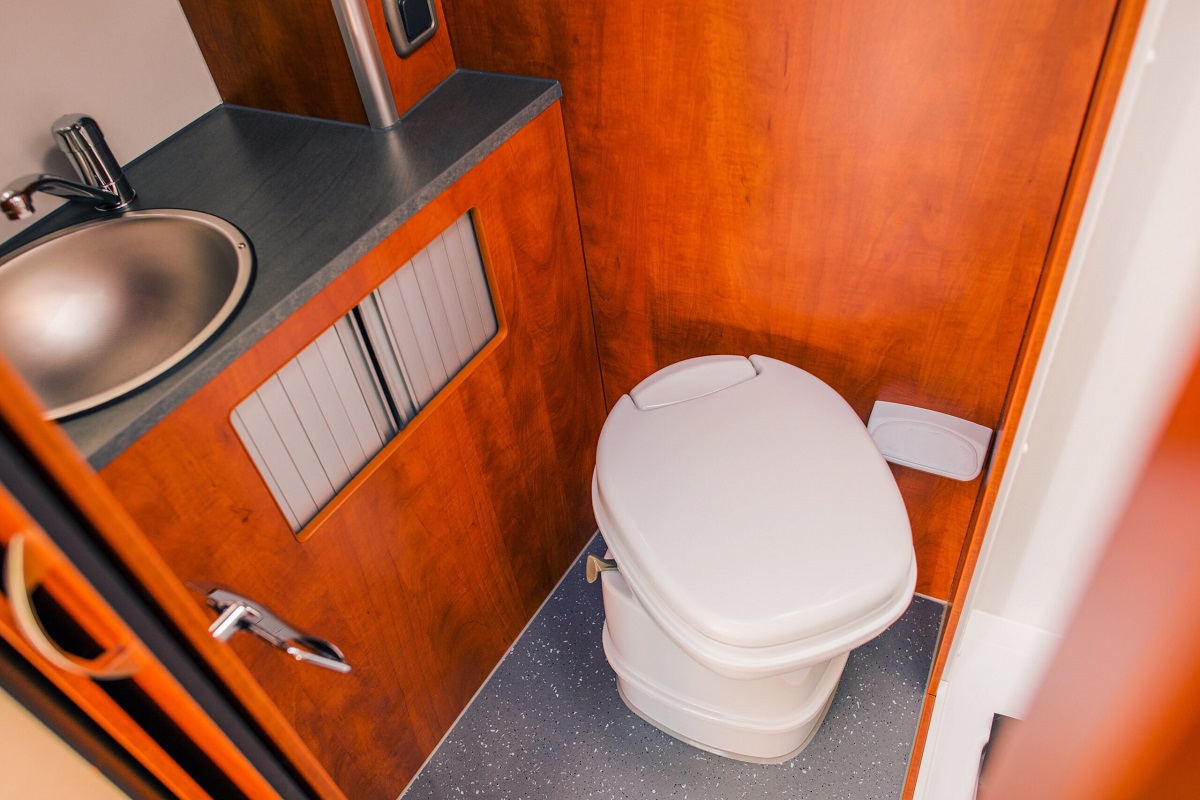
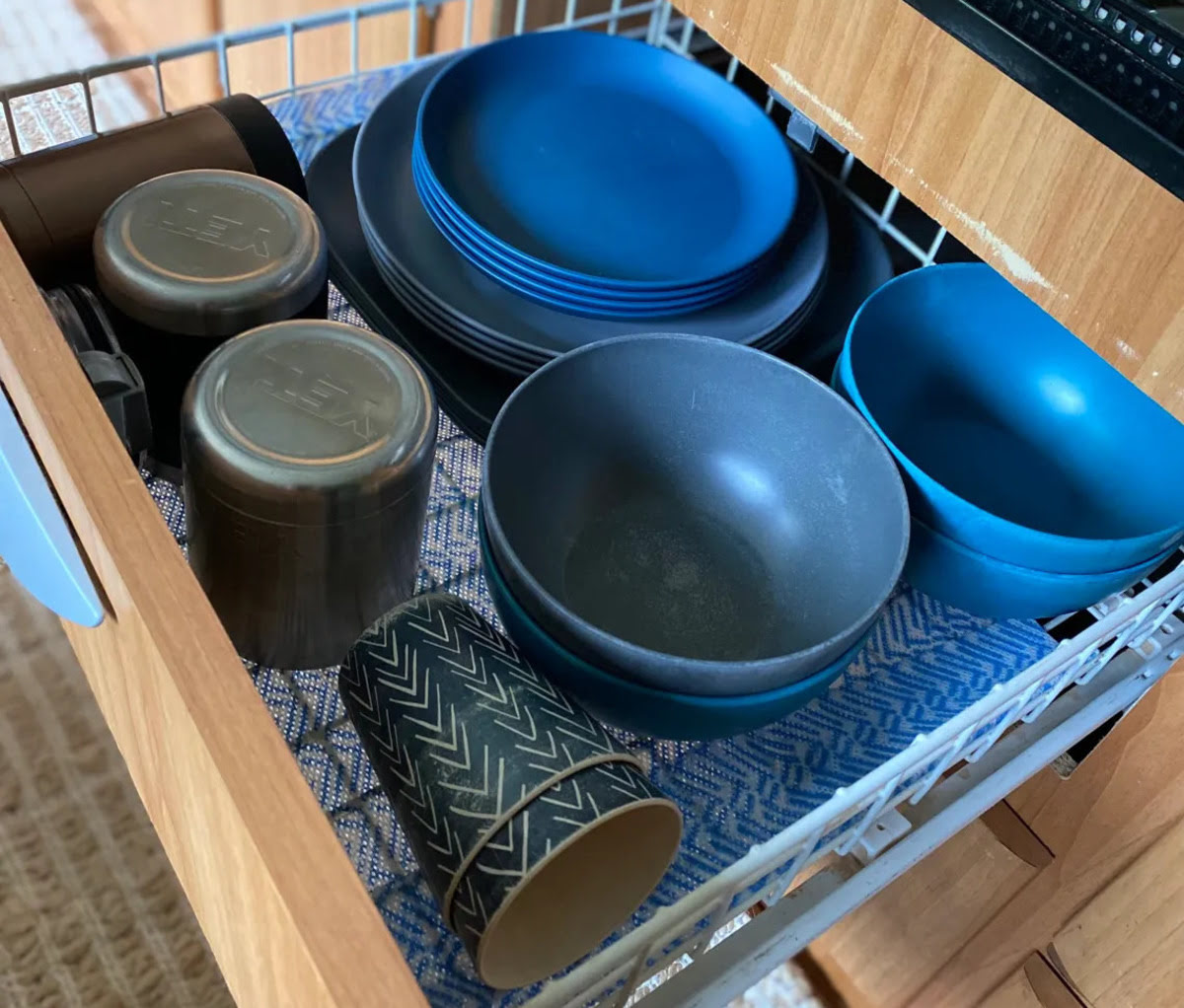
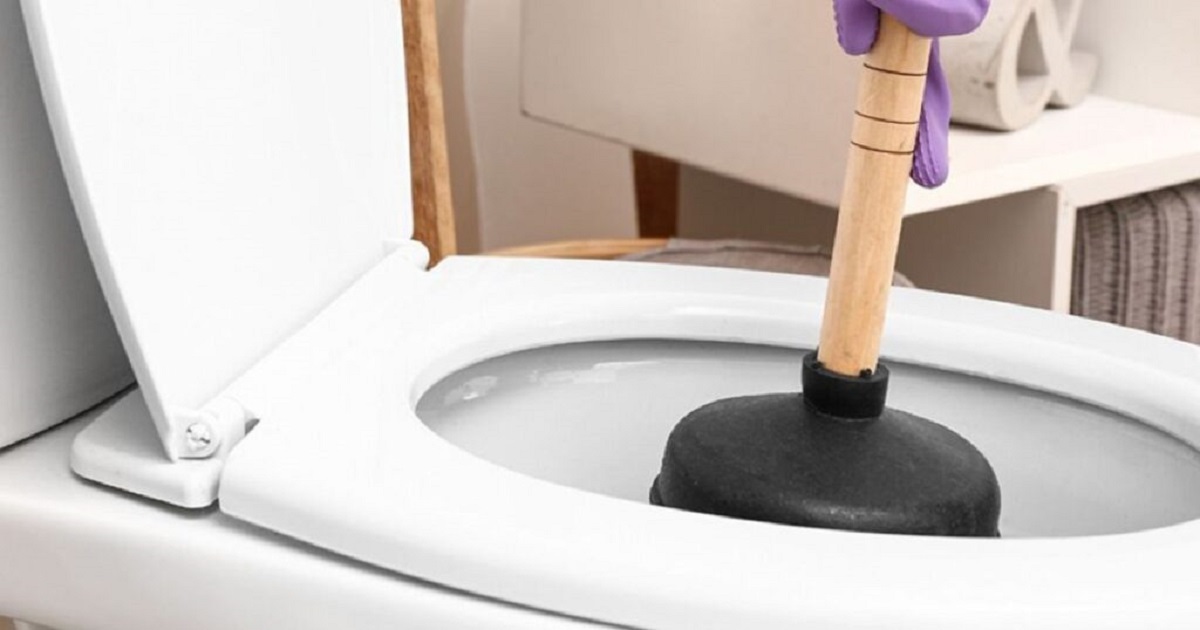
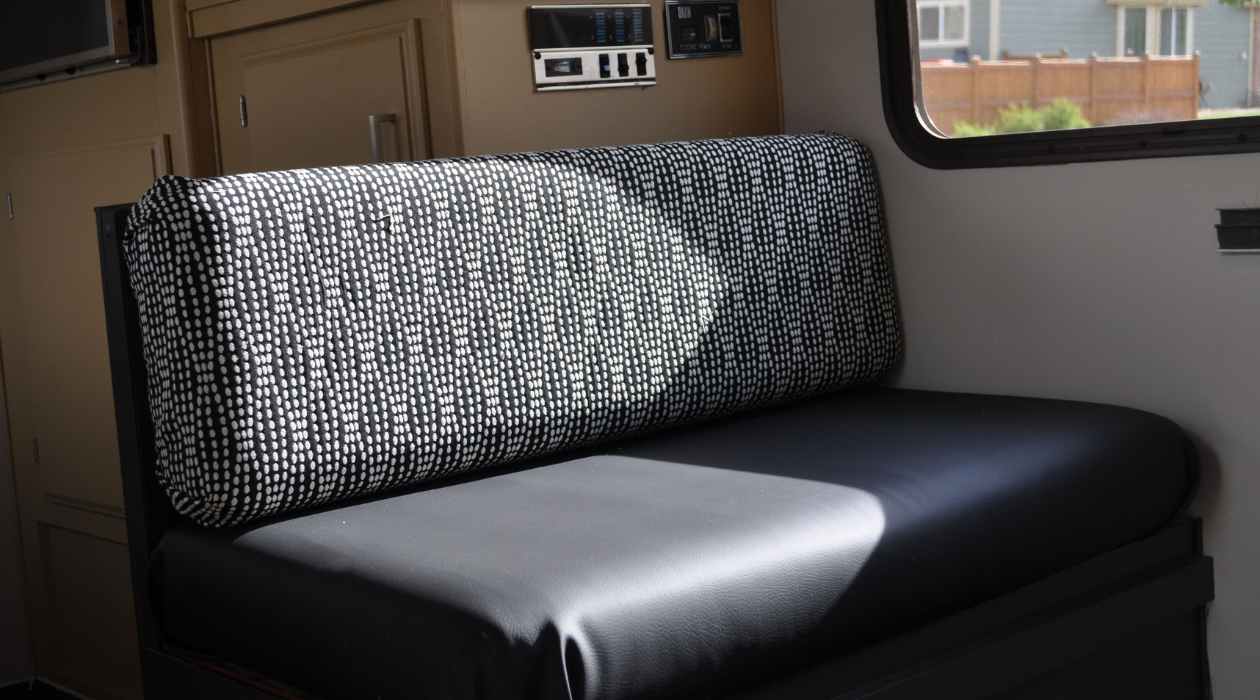
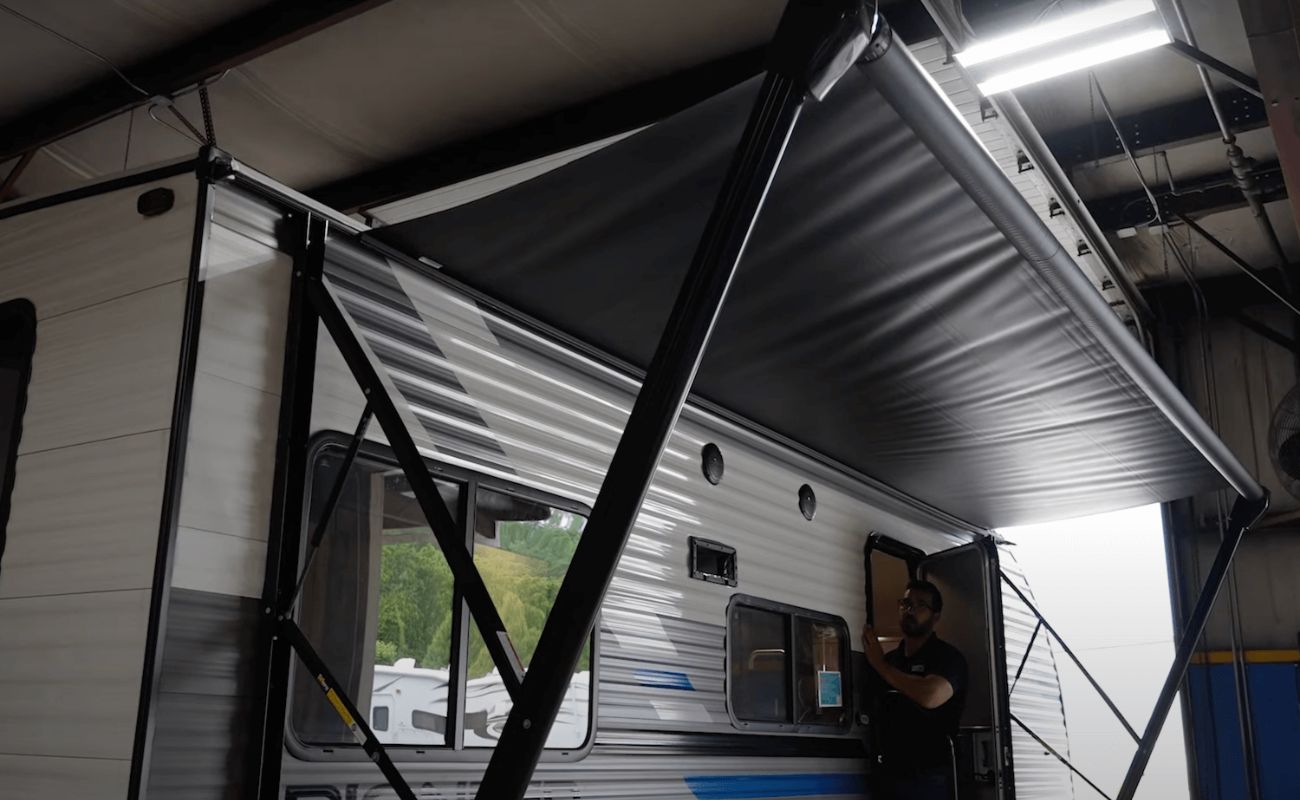
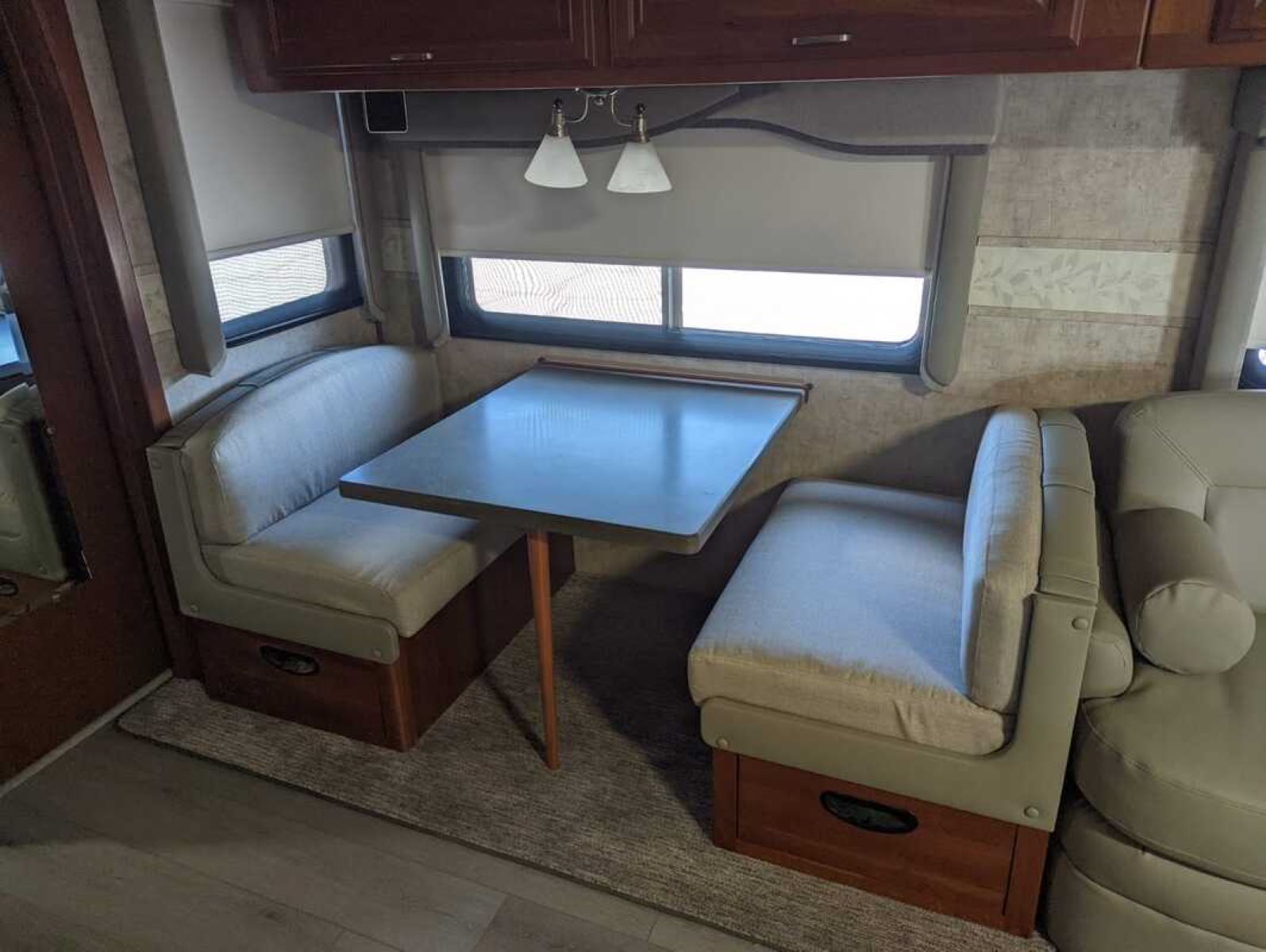
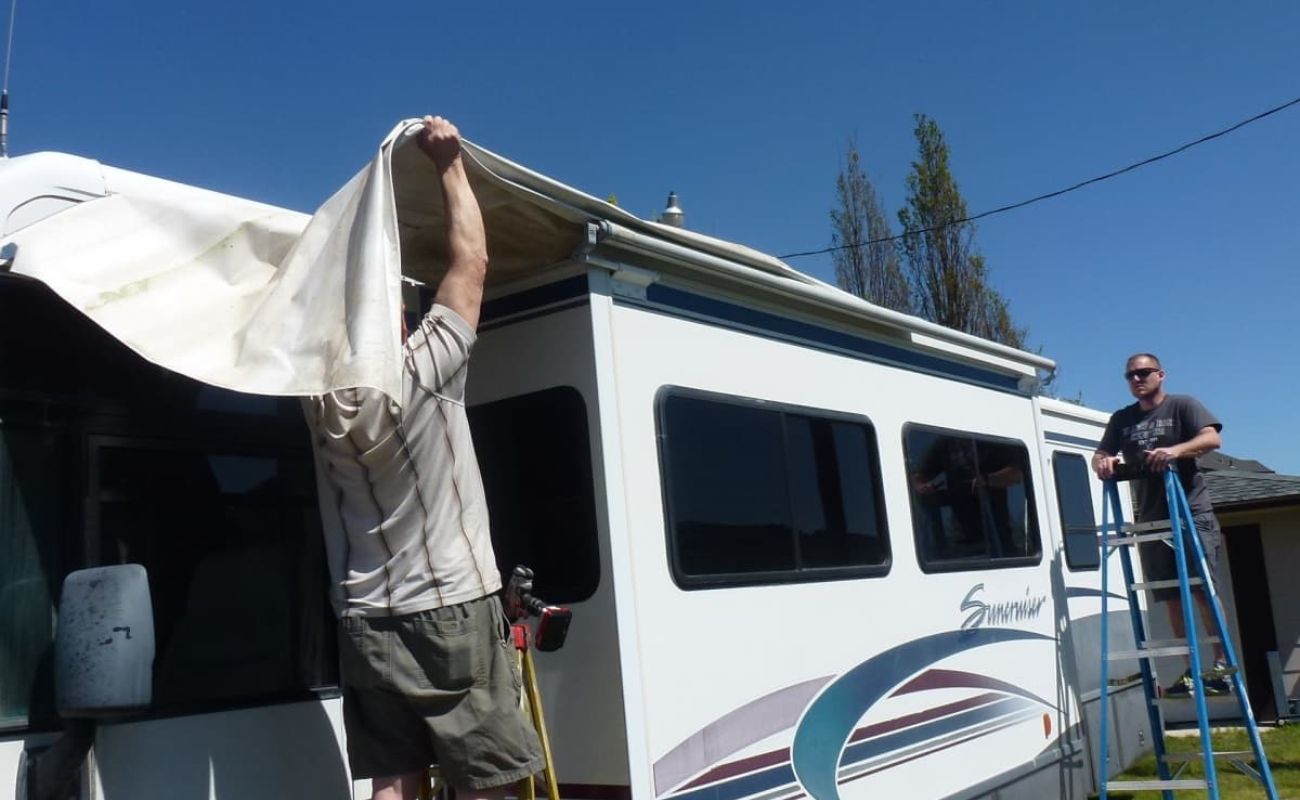
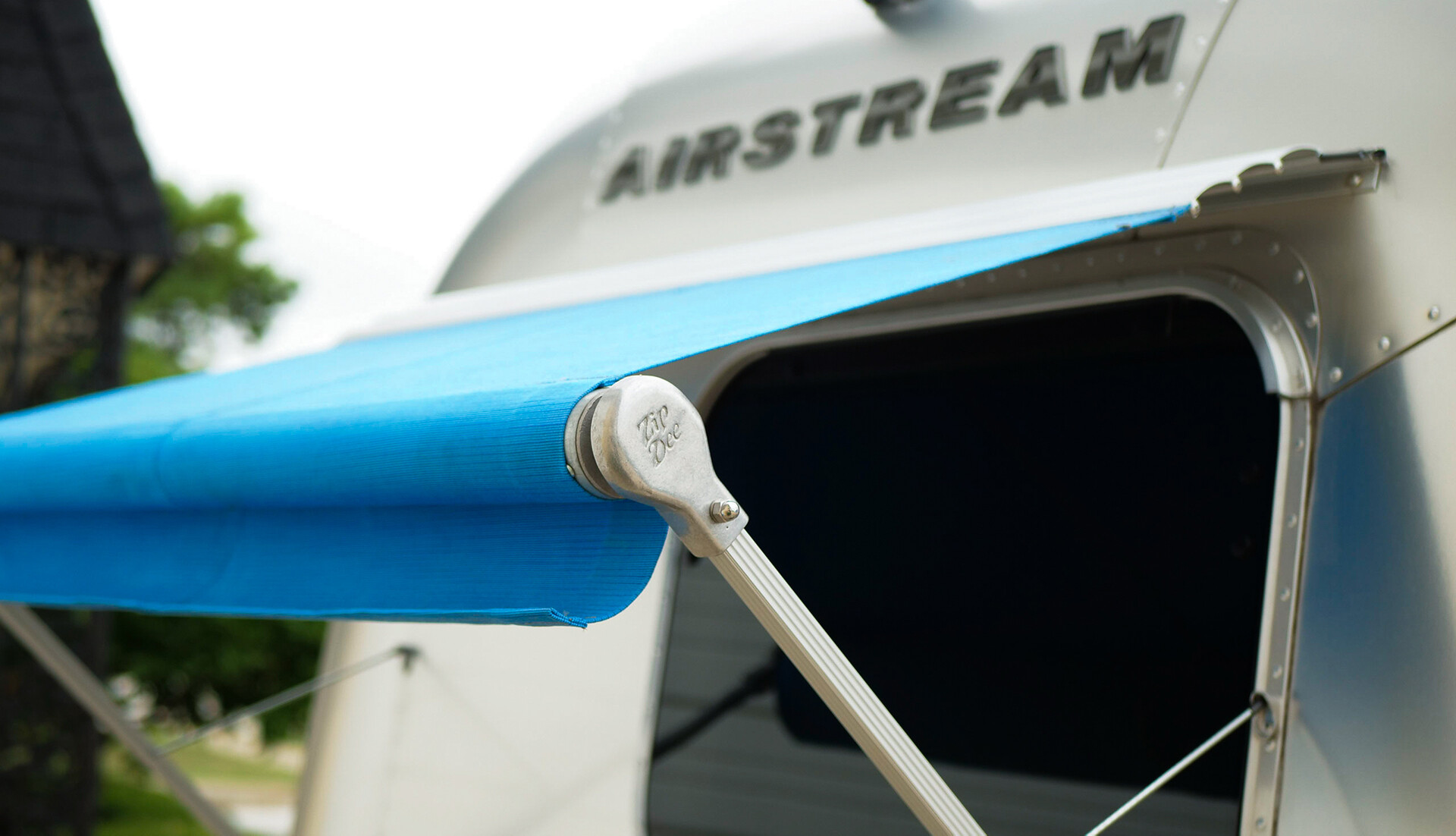
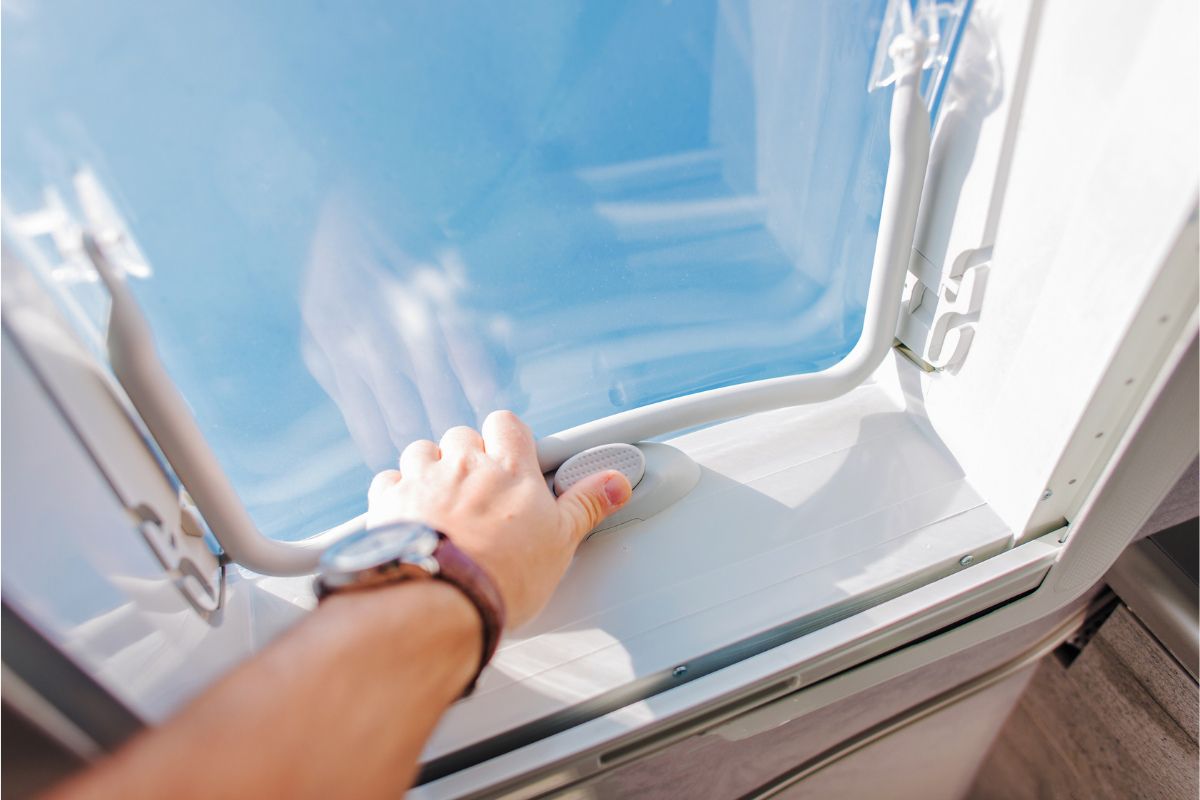
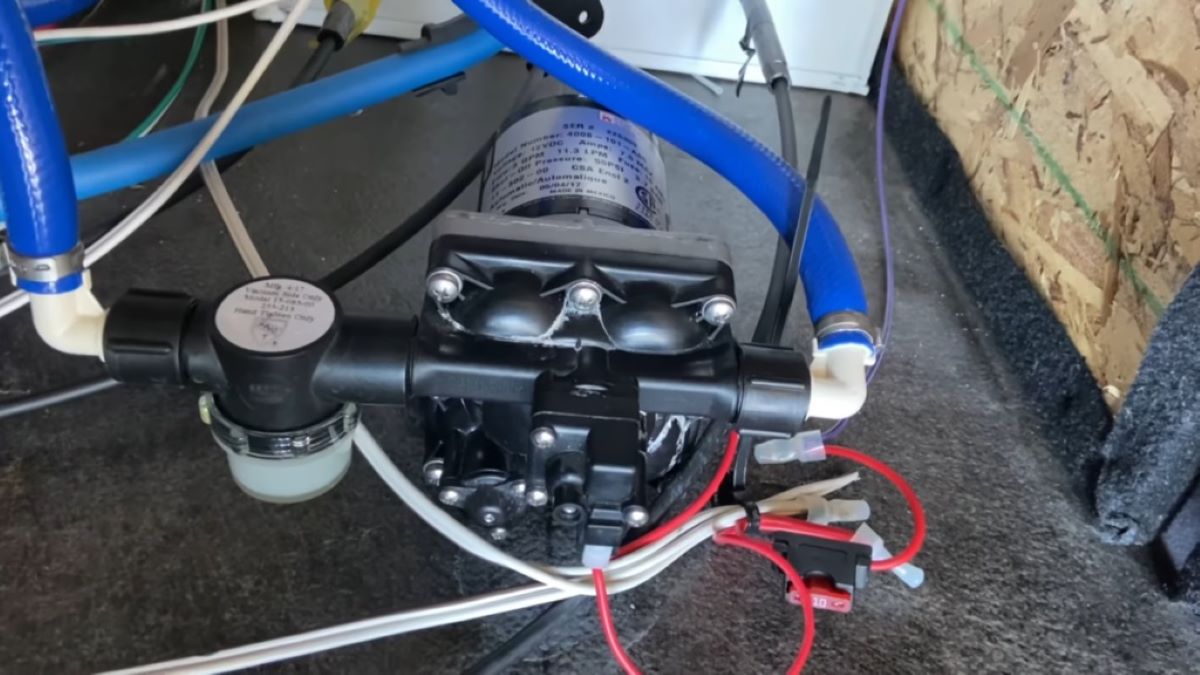
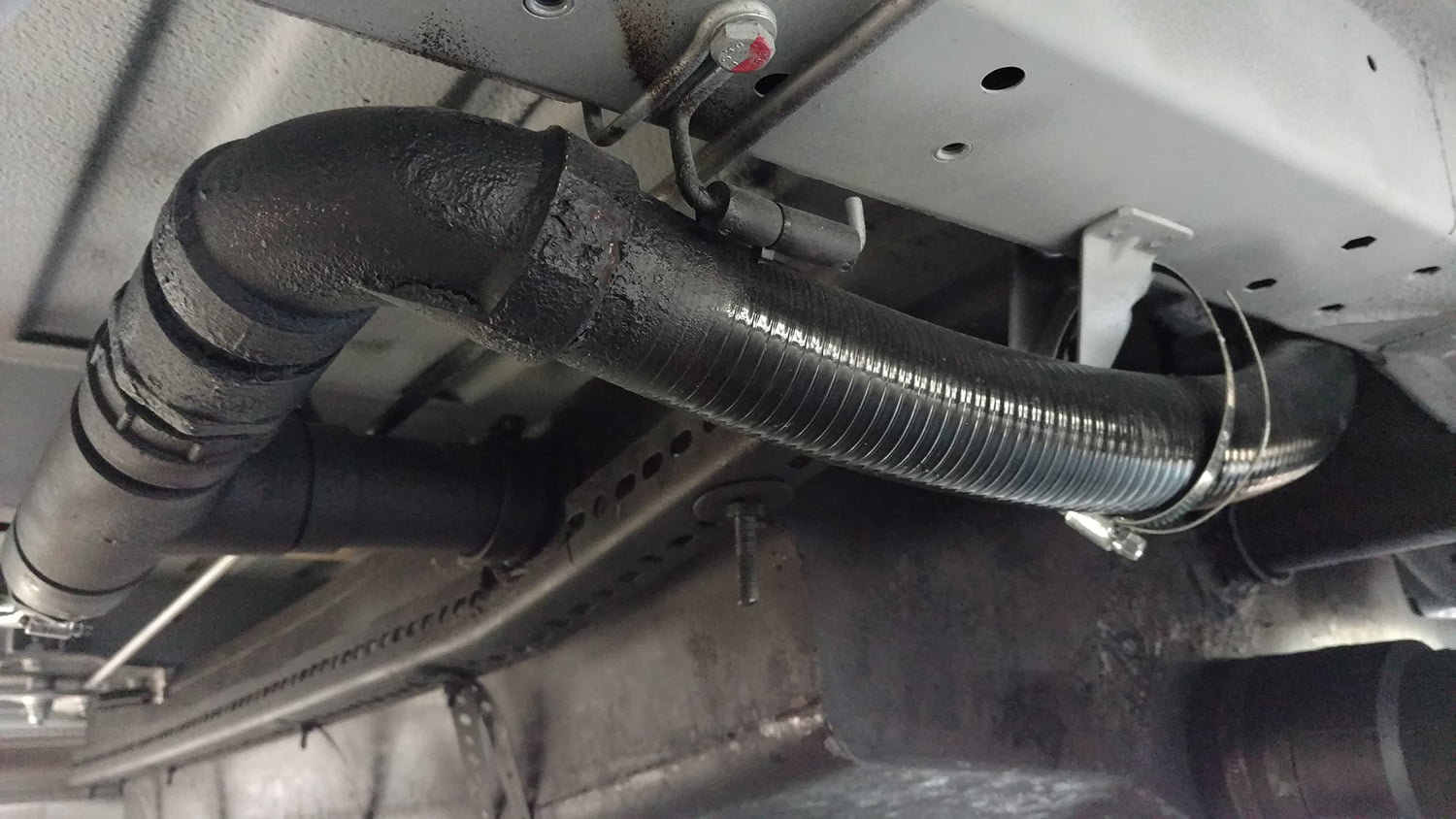
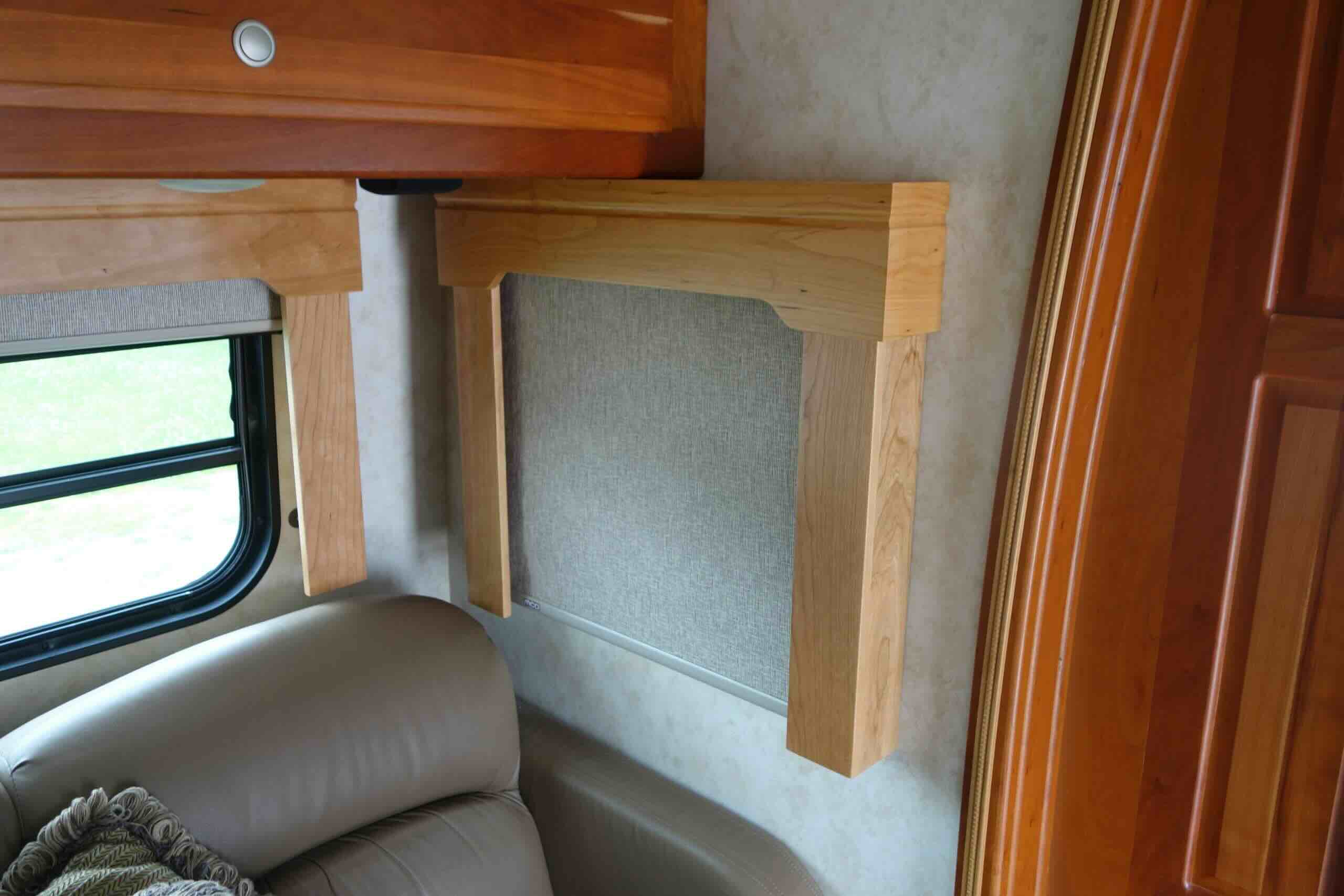
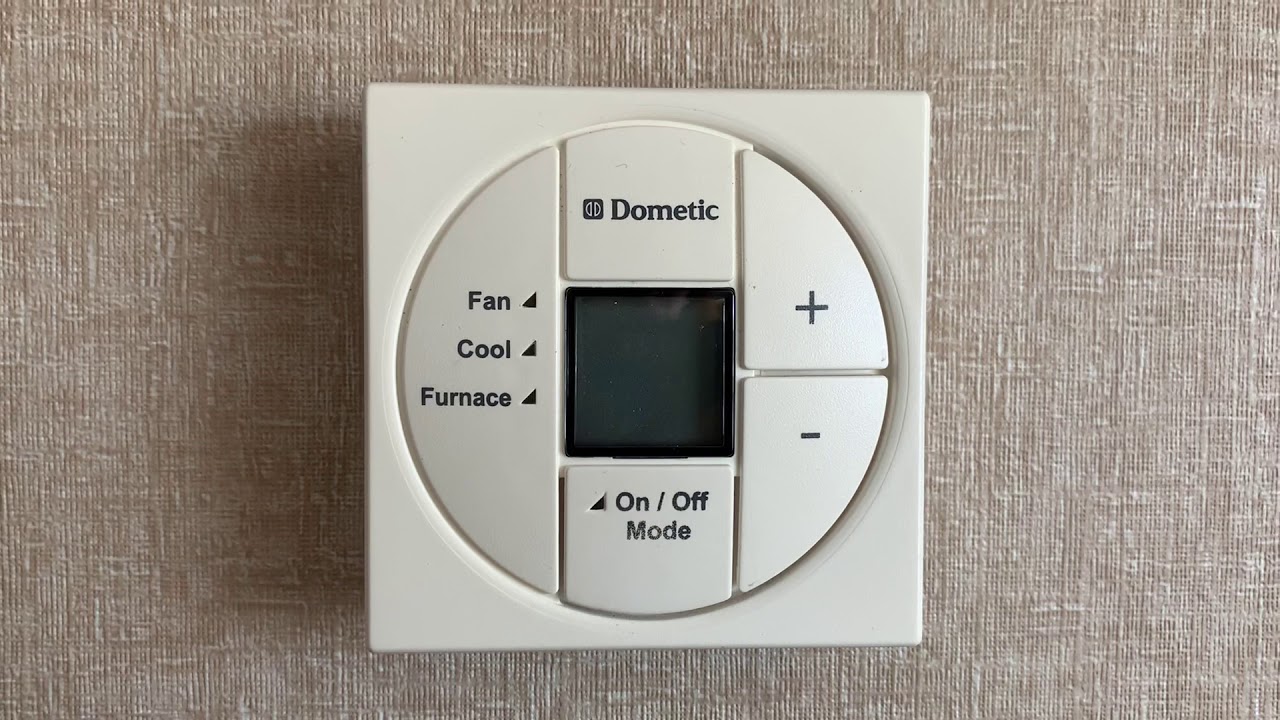

0 thoughts on “How To Organize An RV”